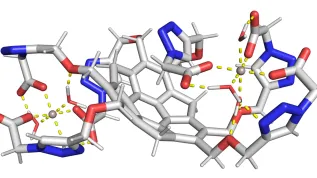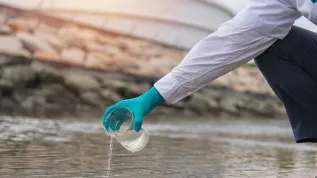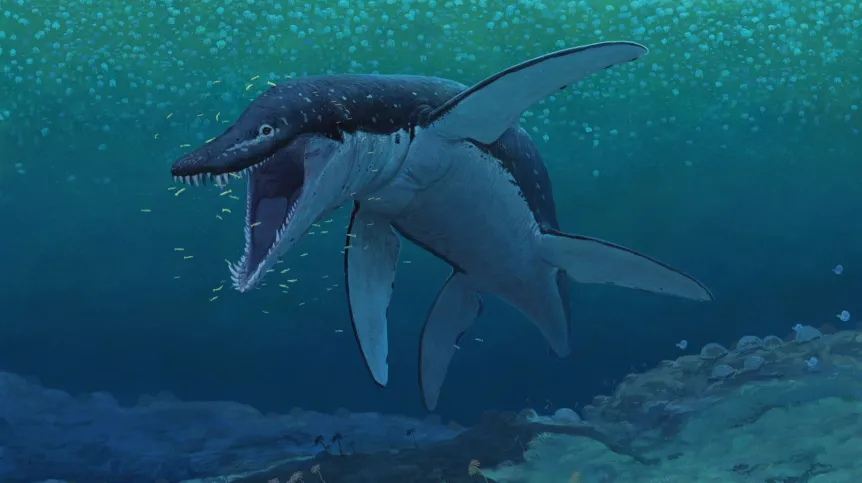
Pliosaurs - a group of plesiosaurs - reached great sizes much earlier than previously thought, according to research by an international team of scientists including a researcher from the Polish Academy of Sciences. The discovery sheds new light on the course of the evolution of the huge marine predators.
The research results were published in the journal Scientific Reports.
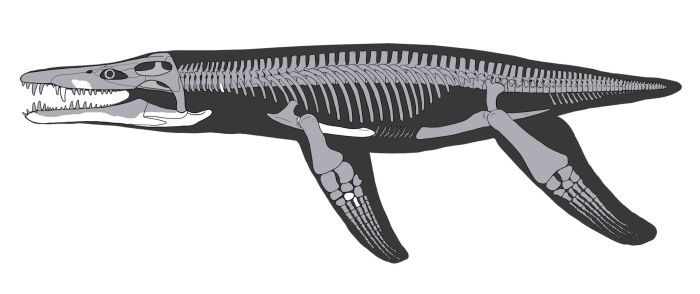
Pliosaurs are a group of marine reptiles that appeared in the Late Triassic and Early Jurassic (approx. 200 million years ago) and became extinct at the beginning of the Late Cretaceous (approx. 90 million years ago). They were found all over the world. Their most famous representatives - like Liopleurodon, Pliosaurus and Kronosaurus - had large skulls, strong teeth, short necks and huge body sizes, sometimes exceeding 10 m in length. They belonged to the evolutionary branch of plesiosaurs, which dominated the seas and oceans of the Mesozoic, playing similar a role to dinosaurs on land.
'At some point in their evolutionary history, pliosaurs became quite large and took over marine ecosystems, becoming apex predators in Mesozoic seas. Until now we did not know when it happened,’ Dr. Daniel Madzia from the Institute of Paleobiology of the Polish Academy of Sciences told PAP - Science in Poland.
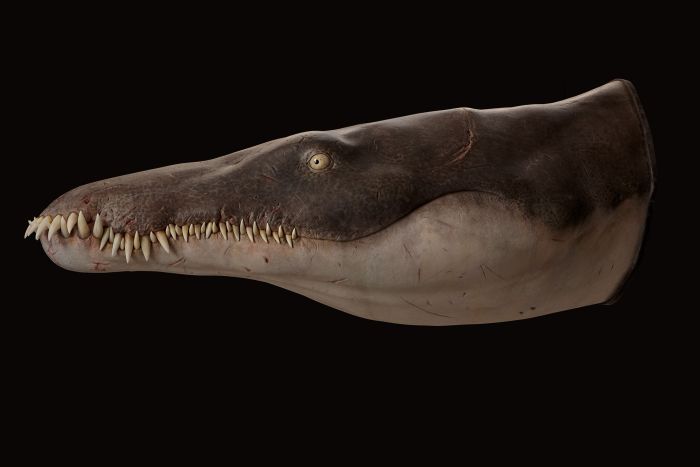
The answer came from a study of fossils found in 1983 near Metz, France. They include a specimen of a gigantic lower jaw that measures 1.3 m in length (that pliosaur was about 6 m long). A fragment of the upper jaw, teeth and several bones of the postcranial skeleton have also been preserved.
'In the 1990s, it was described as a new species: Simolestes keileni. It was quite quickly forgotten. We re-examined this specimen and found that it was the oldest known representative of the pliosaur group with large skulls, short necks and a massive body structure, approximately 170 million years old. Thus, we included it in a new genus, which we named Lorrainosaurus, and extended the evolutionary line of short-necked pliosaurs, proving that they reached their great size about 5 million years earlier than previously thought,’ the palaeontologist says.
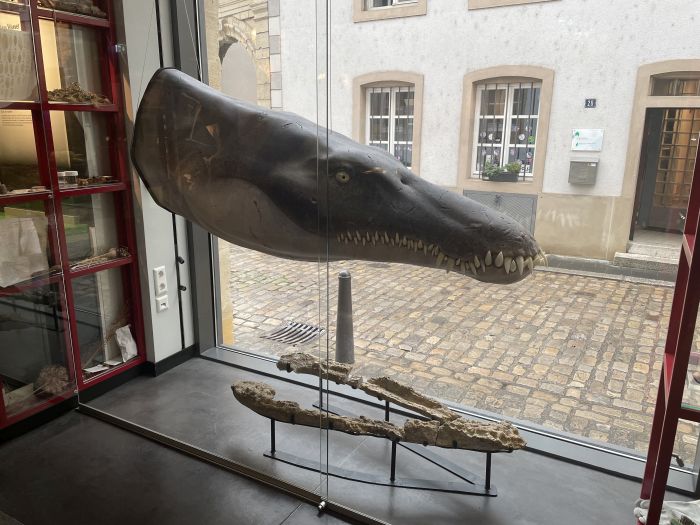
The discovery is an important piece of an unsolved evolutionary puzzle related to the period of global changes in Jurassic marine ecosystems.
'The appearance of massive pliosaurs occurred around the time of significant changes in the composition of the large marine vertebrate faunas - plesiosaurs, ichthyosaurs and marine relatives of crocodiles. As a result of these changes, pliosaurs took over the role of apex marine predators which over 175 million years ago belonged to other large carnivorous plesiosaurs - romaleosaurs. Initially, however, large short-necked pliosaurs such as Lorrainosaurus most likely ate something else, as our examination of the reptiles' teeth suggests. Later, for some reason, romaleosaurs began to lose their dominant role,’ Madzia says.
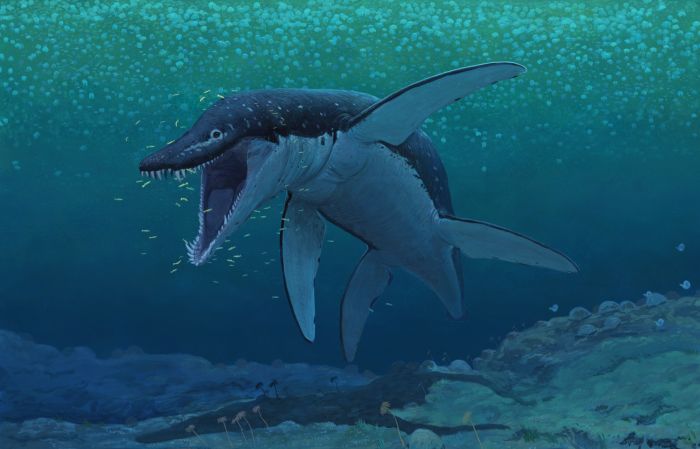
According to the researcher, the fossil record of plesiosaurs from the Early Middle Jurassic period, over 165 million years ago, is rare. 'We still don't know exactly what happened in marine ecosystems during this time. Our research has filled one gap, but there is still much work ahead of us. We are only just beginning to learn about the history of plesiosaurs,’ he says.
The fossil and head reconstruction of Lorrainosaurus are on display at the National Museum of Natural History in Luxembourg.
PAP - Science in Poland, Agnieszka Kliks-Pudlik
akp/ agt/ kap/
tr. RL

